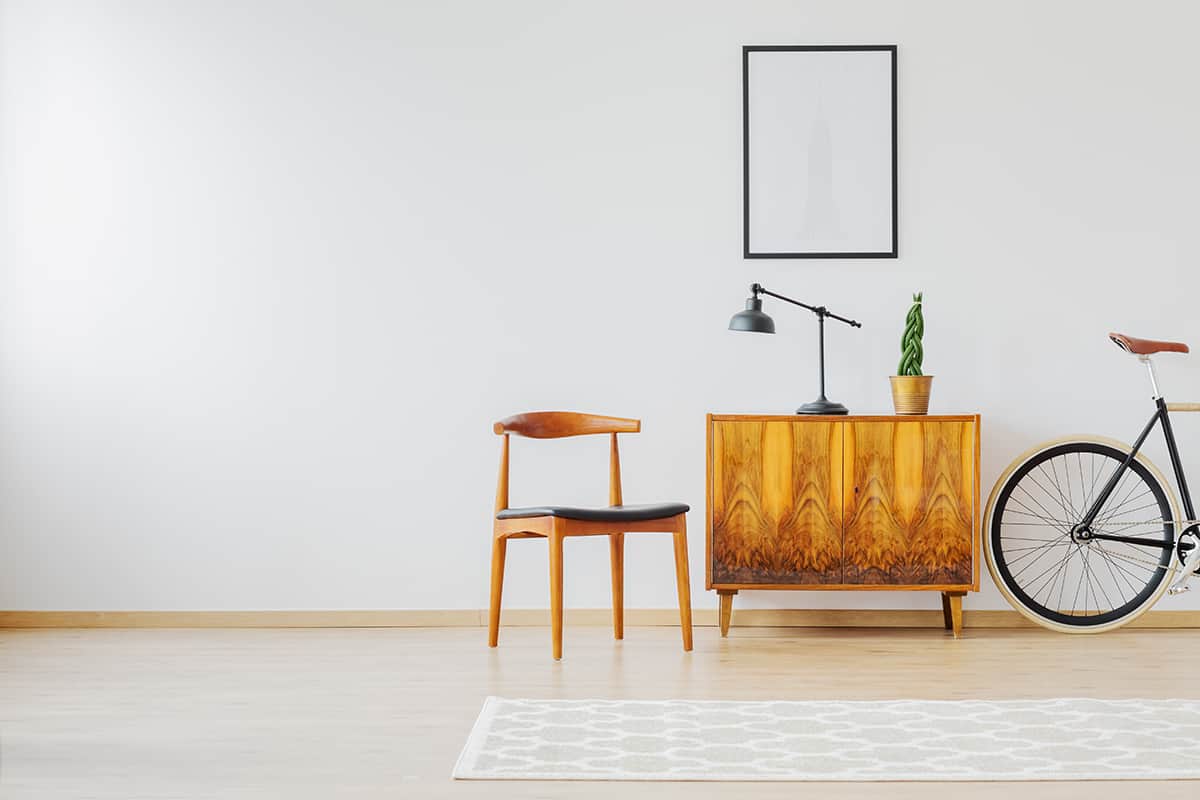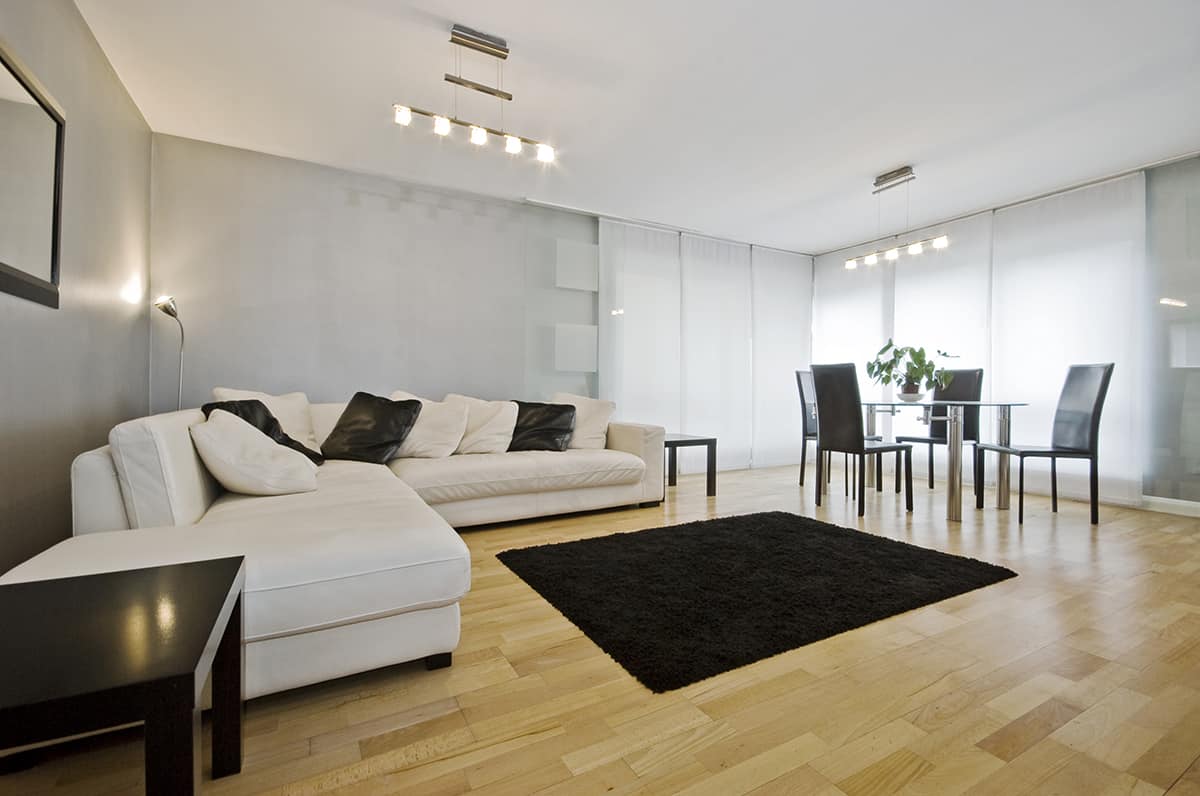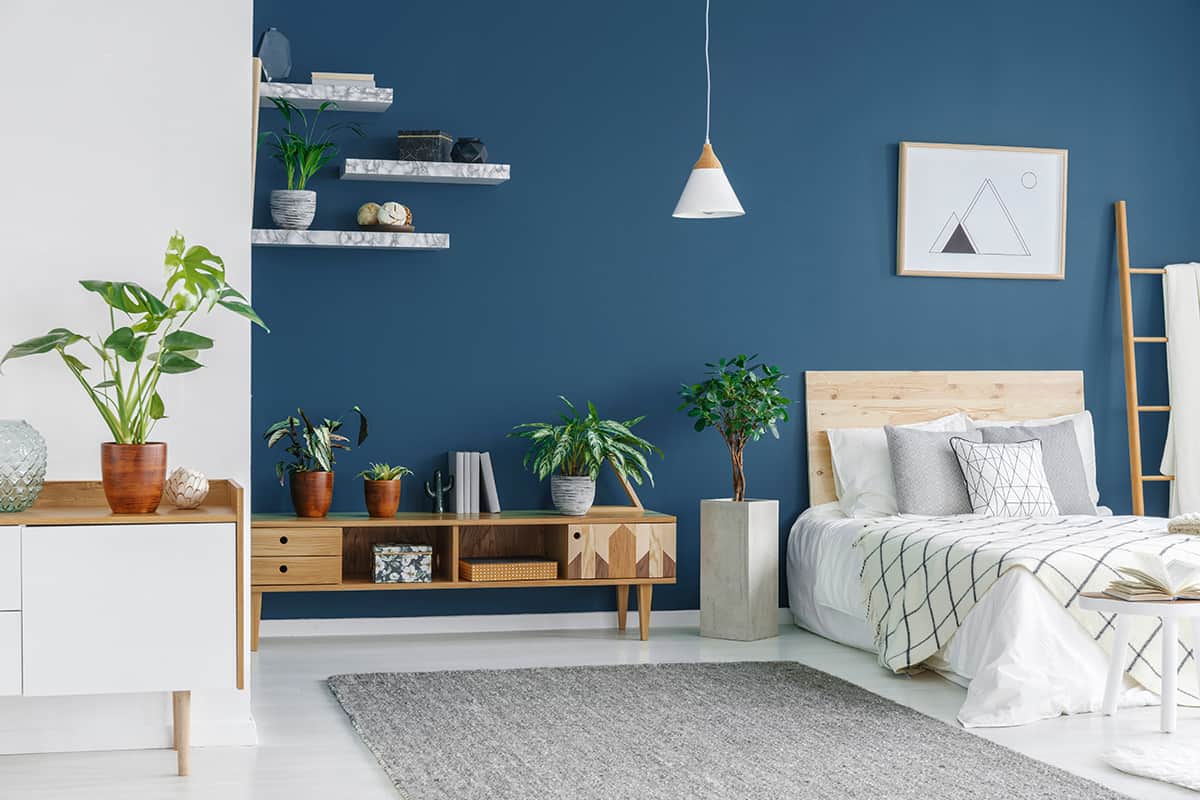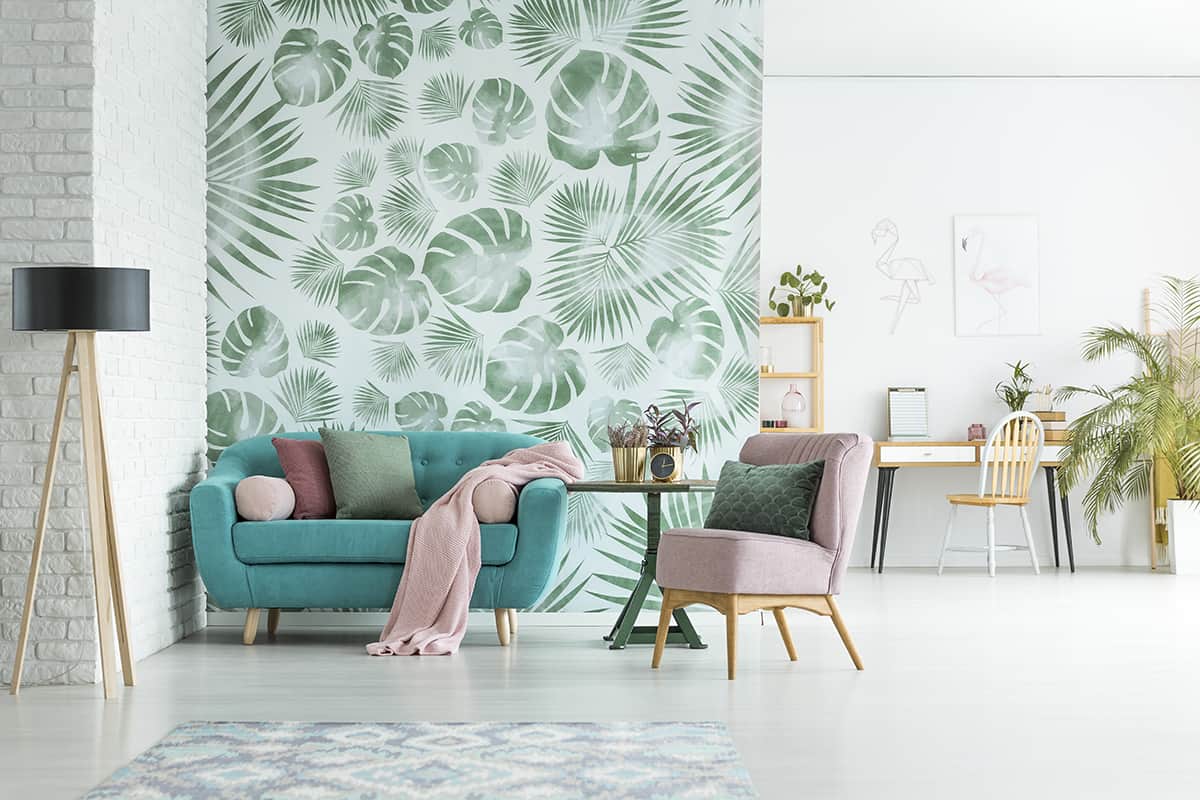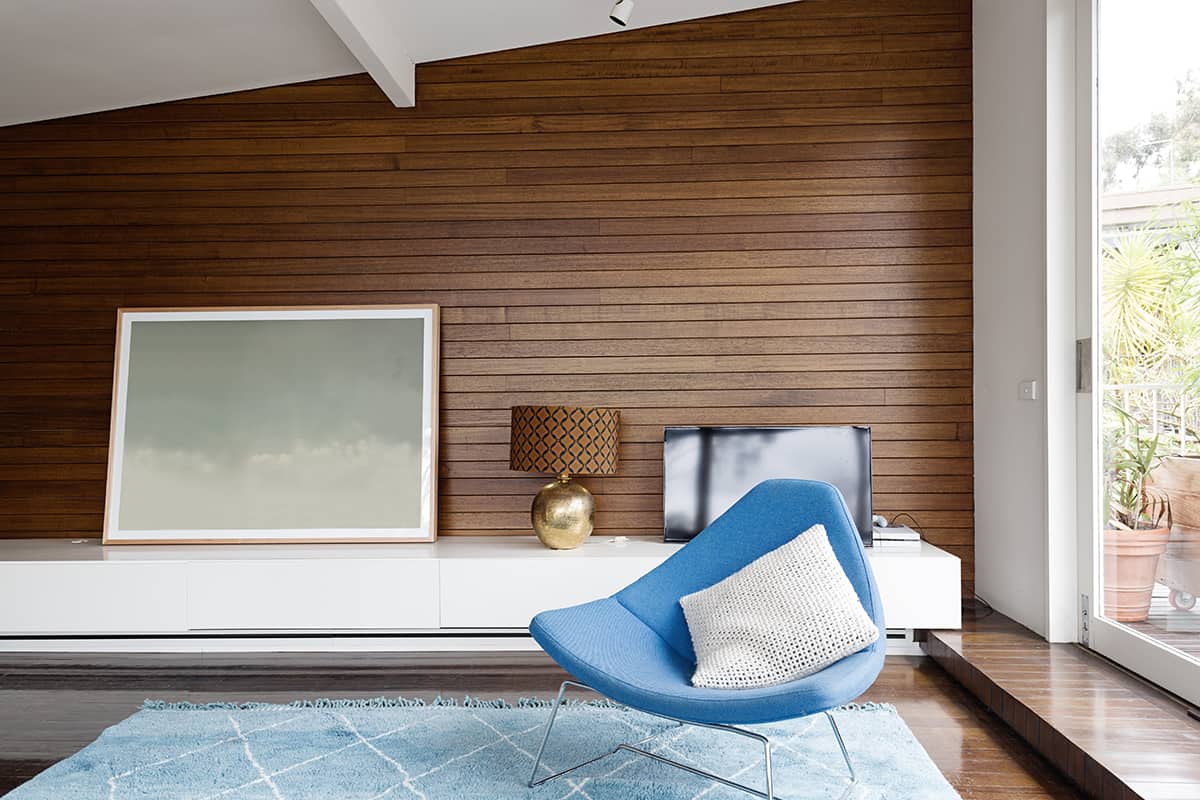Two of the biggest aesthetic influencers in a home are the walls and rugs. Hence, it is important that they complement each other in terms of style and color. When pairing your area rug with your wall color, consider a cohesive look rather than a mismatched combination, as this may make your space feel cluttered. But the question is, should an area rug match the wall color?
While you don’t want to match the exact color of your area rug with the walls, it is best that they complement each other by sharing the same color family. Ideally, the color of your rug should coordinate with both the furniture and the walls, with a little contrast to get the desired look.
Your area rug can either be darker or lighter than the walls. That said, you can go with the same color but in two different shades for a clear distinction between the walls and the floor.
By having your rug lighter or darker than the walls, the overall feel of your room can be enhanced. For example, a rug that’s darker than the walls is especially appealing in a compact room as it makes the space appear larger. With darker walls and lighter floor covering, the small space will feel cozier and more inviting.
To give you some ideas on how to color coordinate an area rug with the walls, let’s take a look at the following four examples:
Table of Contents
How to Color Coordinate Area Rug with Walls
Pair Light-Colored Walls with a Dark Area Rug
Light-colored walls bring versatility to a modern living room. But how you decorate your space determines the color of the area rug you choose. With light gray or white walls, a contrasting color like black can draw the eye to the flooring. Dark color area rugs pair well with any light wall color, so you can play off the tone of the wall by either going two shades darker or using a contrasting rug color.
In this modern, luxury living room, the black area rug is matched with the throw pillows and dining furniture, while the walls complement the sectional sofa.
Combine a Dark Wall Color with a Neutral Rug
Darker wall colors make a bold statement in a modern living room or bedroom. Not only are they the primary focal point of the room, but they also provide some contrast with the furniture and rug color.
For example, a bold blue wall like the one shown here plays off nicely as a dramatic backdrop to the neutral furniture and a light gray area rug. By pairing your neutral area rug with a dark-colored wall, you can keep the latter as the feature of the room. Other neutral rug colors that can be paired with dark blue, green, or brown color walls include tan, greige, cream, beige, and ivory.
Match the Wallpaper Design with the Rug
Just like a dark-painted wall that stands out in the room, printed wallpaper is also highly noticeable. If you’ve chosen a printed and colorful wallpaper in a particular theme, stick with a similar area rug that complements the wallpaper design. In case you can’t find the exact same print for the rug, opt for a printed design that mixes well with similar color palettes.
As an alternative to wallpaper, you may opt for a wall mural in a bold design together with a geometric area rug as the room’s center of attention. The rug will complement the wall mural rather than distract from it.
This green floral wall mural is the perfect match with the subtle-color patterned area rug. The bold pink and turquoise furniture blend in beautifully with the walls and the flooring.
Choose the Right Rug Color to Complement Wood Walls
Wood paneling gives the room an earthy, rustic vibe. This type of wall covering is best suited with nature-themed area rugs like blue or green. Such colors stand out against the natural tones of the wood wall.
In this inviting room, the dark brown-stained wood wall paneling elevates the space and gives it a warm vibe. The light blue diamond patterned area rug complements the furniture and matches the natural feel of the wall without fighting for attention.
In Closing
When it comes to deciding whether your area rug color should match or contrast the walls, there are two options we can choose from. Let’s start with the first one: since both the walls and the rug cover large surfaces, they can often compete with one another.
The safest option is to choose a bold color for one and a soft, pale shade for the other. Alternatively, you may use soft colors for both but in two shades, darker or lighter, for a more serene setting.
The second option is for those who want to create a dramatic decor where both the area rug and the walls are in vivid colors. This is ideal for eclectic style interiors, with contrasting colors for the walls and the floor covering.
Not a fan of bold, vivid colors? If your interior is furnished with warm tones, consider muted hues for the walls and the rug. Pastel wall colors like pale pinks or yellows work best with light brown rugs as eye-catching elements. But when in doubt, it’s always safest to choose neutral rug colors.
These can be anything from beige, cream, ivory, or gray to off-white and greige (a mix of gray and beige). All these neutral rug colors complement any wall color, so you don’t need to match the area rug color with the walls.
Choosing the right area rug and wall color is a big decision. You need to make sure they both complement your room’s furniture and decor colors. By using our above examples and tips, you can figure out the best option for your home.
